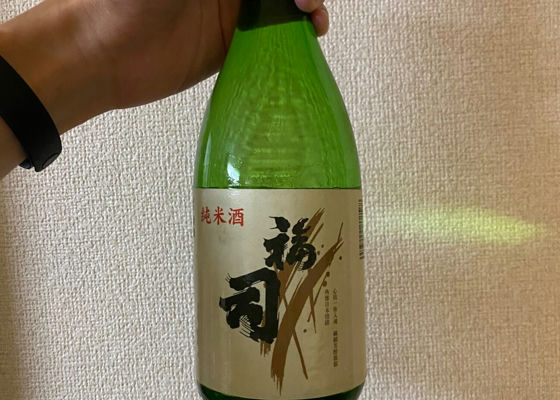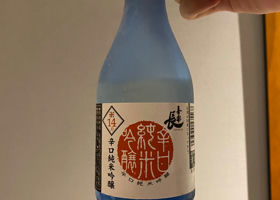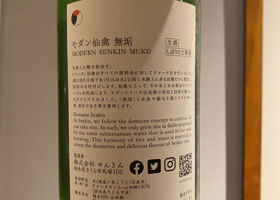

kittasann
Ginjo aroma with a lactic acidity. In the mouth, the sweetness and acidity are well balanced, again tasting like a lactic acid bacteria drink.
While it has the umami and richness typical of Yamahai, the aftertaste is clean, crisp, and very easy to drink!
It is easy to drink cold, at room temperature, or warmed up, and is a smooth, easy-drinking sake. Personally, I prefer it to Junmai Ginjo because it is easier to drink.
Japanese>English
































